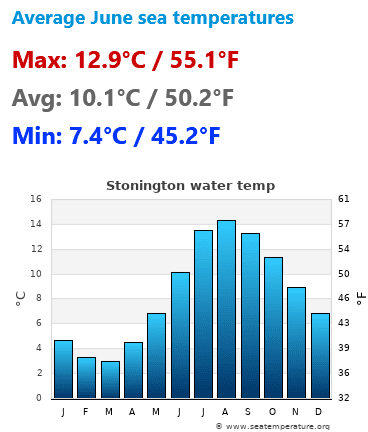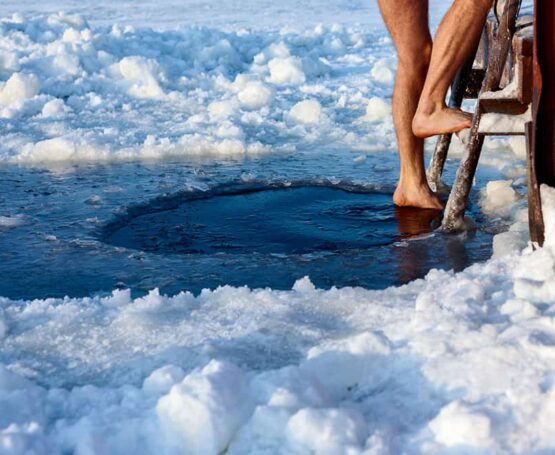In many cruising areas, the water temperature is part of the enjoyable sailing experience. A quick warm swim at the beginning or end of the day is wonderful. However, In Maine, the water temperature should be considered part of the challenge and not necessarily a pleasant experience. Being a good swimmer isn’t enough to avoid the dangers of unplanned cold-water immersion. Temperatures along the Maine coast are around 40° F in early spring to the high 50s/low 60sF range in late summer, and early fall. See the Stonington ME temperature chart for reference. These temperatures require some significant skills and preparation for cruising sailors. The two most important are cold water immersion survival techniques and MOB retrieval.

Cold Water Immersion Survival
There is much written and discussed about the impact of cold water immersion and hypothermia. Some descriptions are “folklore” and not factually proven. One fact is not disputable, that cold water immersion can result in death by drowning or severe impairment. Sadly, this is a concept that many cruising sailors do not take seriously enough. If you are not familiar with the cold-water GASP reflex, we suggest you read this: coldwatersafety.org/cold-shock
Here is a simple science-based cold water immersion survival technique known as the 1-10-1 Rule. The basics are:
- 1 – One minute to gain control of your breathing
- 10 – Ten minutes of meaningful movement before you lose muscle response
- 1 – One hour before body temperature drops to hypothermic levels and consciousness is lost
As one can clearly see, wearing a PFD is critical in all three stages.
Link to Cold Water Boot Camp, where volunteers experience the dramatic effects of cold water immersion.
MOB Retrieval
There are many techniques in boating and sailing magazines and safety training programs defining how to get a MOB alongside. These are important in any cruising location and should be practiced before the start of any long passage or cruise. Many assume that the MOB can use the boarding ladder or pull themselves over the side with some assistance. However, in Maine, with cold water, if the MOB has been in the water even a short time (less than 10 minutes), their ability to hang on, climb, pull, etc., will be severely compromised. Swim platforms and scoop sterns can be great for boarding from a dinghy, but they can be extremely dangerous for someone in the water in a choppy sea. Therefore, it is critical to practice a midline lift recovery to get a MOB onboard safely on deck without help from the MOB. This technique can be practiced dockside by having the smallest in stature crewmember “retrieve” a larger MOB off the dock and onto the boat’s deck. These skills apply to both powerboats and sailboats. Confidence only comes from practice.
Here is a link that demonstrates one such process, featuring CCA member and author John Rousmaniere
So, sailing in cold water is very enjoyable but you must be prepared. Just don’t jump in thinking you are in the Bahamas. The GASP reflex is very real and any prolonged immersion necessitates wearing a wet suit. A quick dip to cool off is doable if you are prepared. Enjoy.

